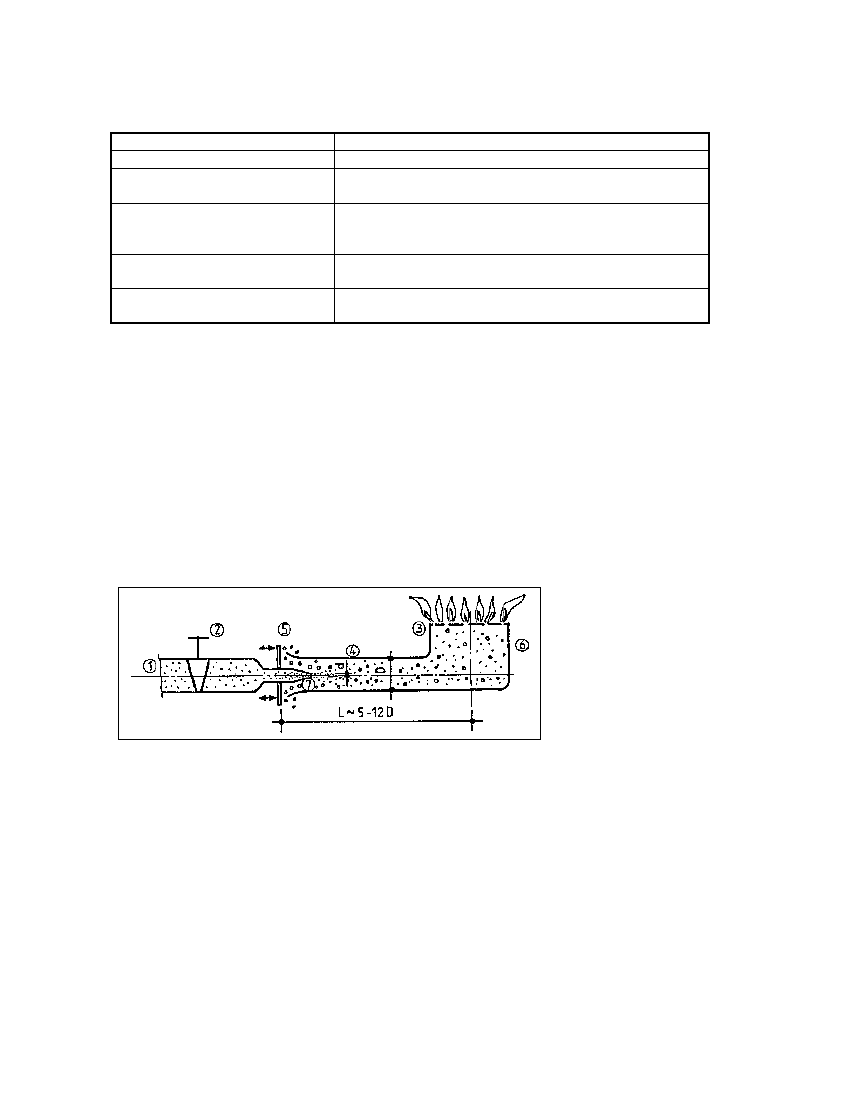
Table 5.15: Pointers on flame adjustment (Source: OEKOTOP)
Problem
elongated, yellow- ish flame
flame "lifts off"
flame "flashes back"
flame "too small"; not enough fuel
flame "too big"; excessive fuel
supply/consumption
Cause - Remedy
lack of combustion air - open the air supply
excessive exit velocity - use smaller injector, reduce the
gas pressure, reduce the air supply
exit velocity too low - use larger injector, increase the gas
pressure, open the air supply, reduce the size of the
burner jets
fuel shortage - use larger injector, increase the gas
pressure
excessive fuel supply - reduce the gas pressure, use
smaller injector
5.5.3 Biogas appliances
Biogas is a lean gas that can, in principle, be used like any other fuel gas for household and
industrial purposes, the main prerequisite being the availability of specially designed biogas burners
or modified consumer appliances. The relatively large differences in gas quality from different
plants, and even from one and the same plant (gas pressure, temperature, calorific value, etc.)
must be given due consideration.
The heart of any gas appliance is the burner. In most cases, atmospheric-type burners operating on
premixed air/gas fuel are considered preferable.
Due to complex conditions of flow and reaction kinetics, gas burners defy precise calculation, so
that the final design and adjustments must be arrived at experimentally.
Fig. 5.30: Schematic
drawing of a biogas burner
and its parts. 1 Gas pipe, 2
Gas-flow shutoff/reducing
valve, 3 Jets (f = 1-2 mm), 4
Mixing chamber for gas and combustion air, 5 Combustion air intake control, 6 Burner head, 7
Injector (Source: Sasse 1984)
Accordingly, the modification and adaptation of commercial-type burners is an experimental matter.
With regard to butane and propane burners, i.e. the most readily available types, the following
pointers are offered:
- Butane/propane gas has up to 3 times the calorific value of biogas and almost twice its
flame-propagation rate.
- Conversion to biogas always results in lower performance values.
- Practical modification measures include:
- expanding the injector cross section by a factor of 2-4 in order to increase the flow of gas
67